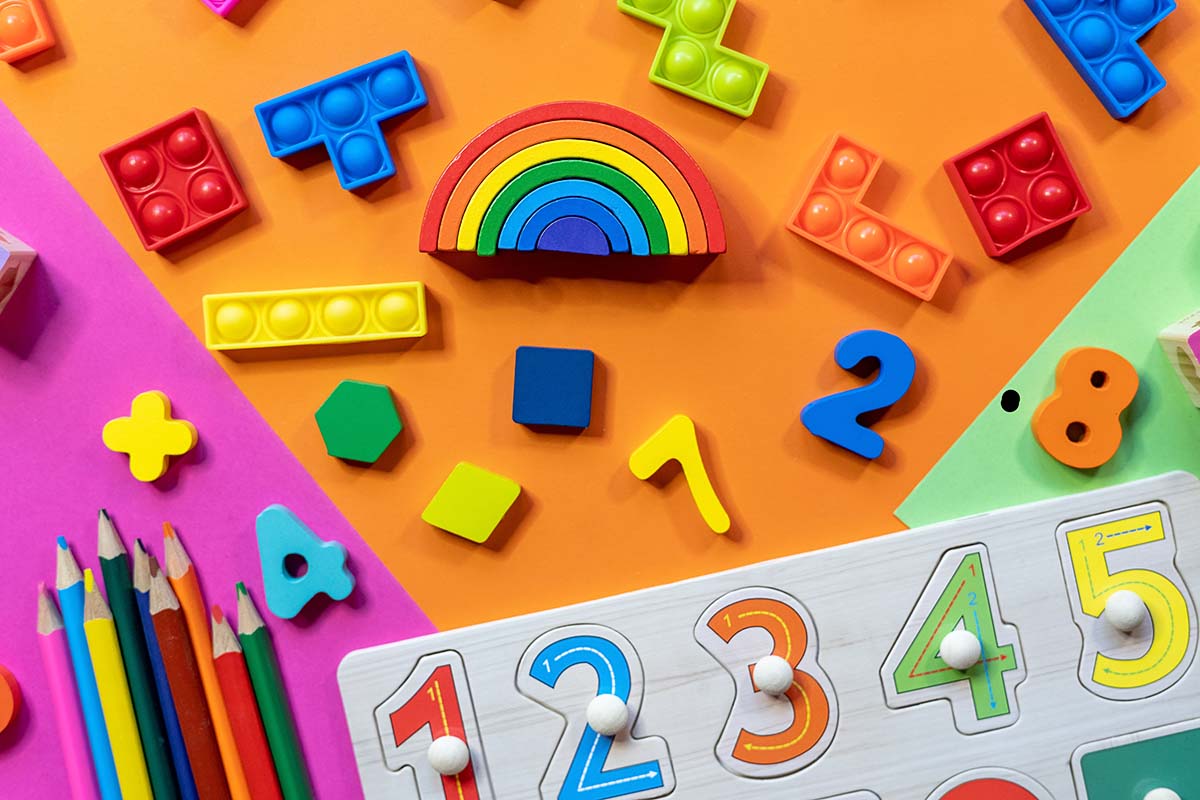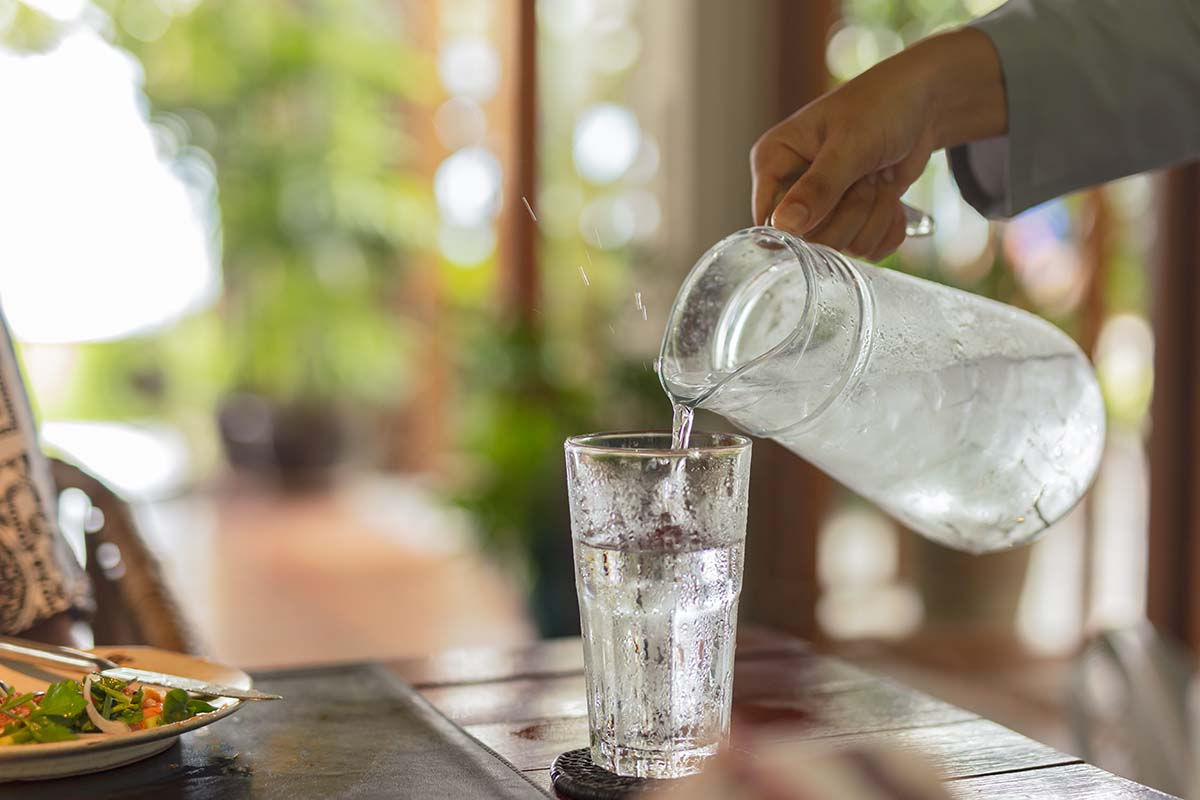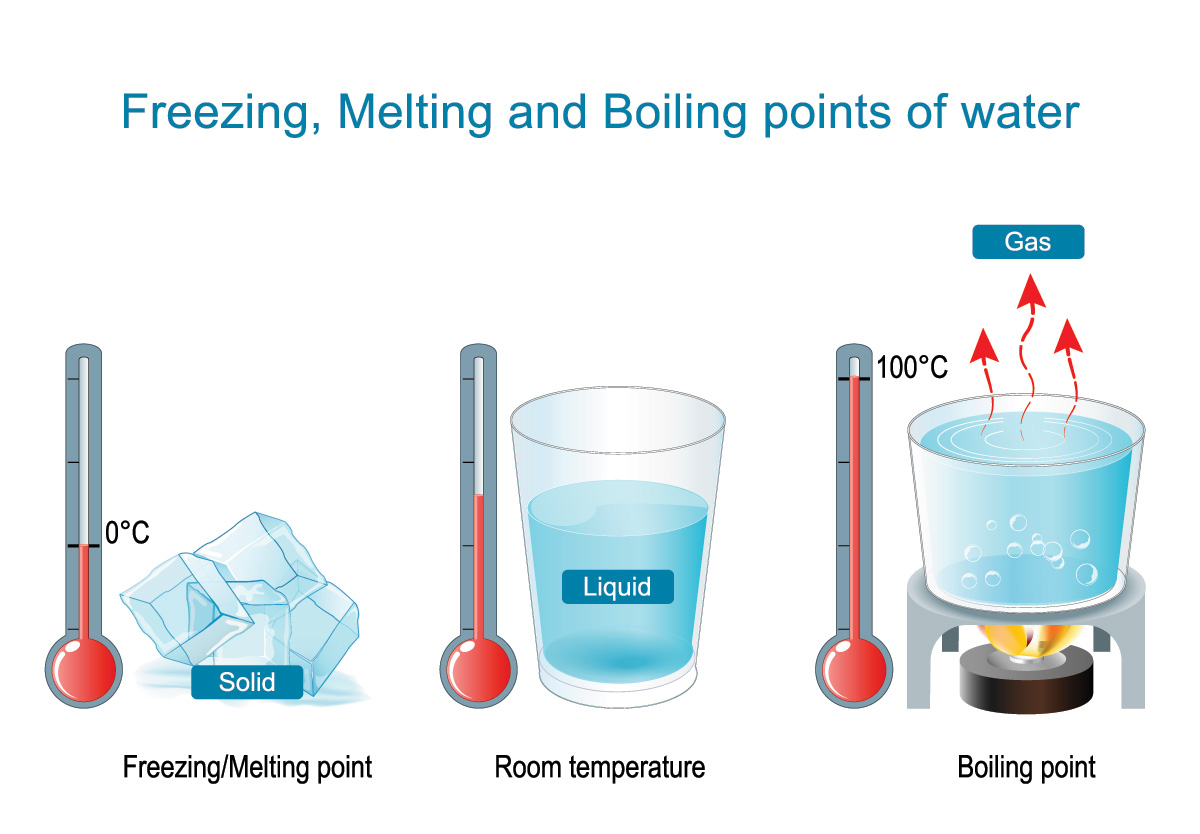STEM subjects (Science, Technology, Engineering, Math) help build important skills kids need for school and in their future careers. STEM classes have the added benefit of improving problem-solving, creativity, and adaptability that come with these subjects. Here at Spark Math, we not only excel in putting the “M” in STEM, and also know the importance of making STEM a part of everyday life. In this new series, we are going to explore some of the most fun, interactive, and educational STEM activities by level that you can try at home. Check out these fun STEM activities for Primary 5 children!

1. Construction Paper BMDAS – the Order of Operations
Over the years, students learn many different math concepts. Up until now, multiplication, division, addition, and subtraction were not mixed in equations. As students enter 5th grade, they begin to engage in more complex questions that include different math concepts all in the same equation. In order to solve more complex equations, like 3(3) × (6×5) − 14 ÷ 2,students must learn the correct order to solve a problem like this. This is known as the “Order of Operations”, or the order in which you solve parts of an equation.
The easiest way to learn the correct order is to remember the acronym BMDAS, which stands for Brackets, Multiplication, Division, Addition, then Subtraction. The order of operations in BMDAS is needed to correctly solve complex math equations containing a combination of operations. With a few household items, students can create countless equations. In this fun activity, families can use the same numbers and symbols to create brand new equations and try and solve them in different ways.
What you need:
- Construction paper or cardboard
- Scissors
- Pencil or Pen
- Paper (to solve)
Instructions:
- Draw numbers onto pieces of construction paper or cardboard that are about 10 cm long (Start off by using the same numbers, i.e. five 4s).
- Draw the different symbols about 10 cm long {(, ), ×, ÷, +,−}.
- Cut out all the numbers and symbols you’ve drawn, and get ready to solve!
Build and solve!
Now that you have all the pieces, it’s time to build our first equation.
- Start by putting the numbers down with space to add all the symbols and exponents.
7 7 7 7 7
- Now add the symbols and exponents!
7 + 2 × (7 + 7) ÷ 7 − 7
- Time to solve this complex math problem using BMDAS!
Adapting the equations
- Mix and match the symbols and numbers to create new problems. Try and see how many different equations can be created using the same symbols and numbers.
- Change BMDAS to BMDSA and observe how your answers change as the order of the operations is changed.
Word of caution: Please solve all questions using BMDAS. These other methods are only suggested as possible ways of exploring how answers change when the wrong answering method is used.
By following BMDAS, even the longest questions can be broken down and answered correctly.

2. Water in all three states of matter
As early as in Primary 4 Science, students learn about the three main states of matter: solid, liquid, and gas. While other states of matter are found in outer space, these three states are most commonly found on Earth. Whether we realise it or not, matter is all around us and is a central part of life. All matter, regardless of their state at room temperature, can change their state when provided the right conditions.
Water, in the three different states, is the most common substance people use every day.As we change the temperature of water, the state of water changes. The different properties of water in different states allow people to do different things from remaining cool to staying hydrated, to keeping buildings and cities powered!

Phases of Water Experiment:
When the temperature ofwater is lowered to 0°C, water freezes and turns into ice, a solid. Likewise, raising the temperature of water to 100°C causes the water to boil and turn into steam, a gas. Now that we’ve shown how the state of matter changes due to its temperature, let us now explore how simple substances such as table salt change the temperature at which water freezes to form ice.
What you need:
- 2 cups of water
- Salt
- Teaspoon
- 2 thermometers
- A freezer
Instructions:
- Fill 2 identical cups with water.
- Add 2 teaspoons of salt to one of the cups and stir until all the salt has dissolved.
- Place a thermometer into each cup and put them in the freezer.
- Record the temperature of bothcups of water every half an hour.
Question to ask:
- Is one of the cups of water cooling faster than the other?
- What temperature is each cup of water at when it starts to freeze?
- Are both cups of water freezing at the same rate? If not, how much faster (or slower) is one cup freezing compared to the other?
What is Happening?
Water, which we drink and use in cooking, freezes at 0°C. When we dissolve salt in water, impurities are introduced into the water and lower the freezing point of water. The dissolved salt interacts with the water molecules, resulting in even lower temperatures needed for the water molecules and dissolved salt to be frozen in place, leading to both lower freezing temperatures and longer freezing times. This property is applied in spraying saline (salt water) onto snowy or iced roads during winter as part of snow clearing because the salt in the saline further lowers the melting point of the snow/ice on the road. Hence the snow/ice on the road melts, and the snow/ice is removed from the road.
Adding salt to water also increases the temperature for water to boil to become steam. Salt water requires a higher temperature to boil due to the interactions between the dissolved salt and water molecules. Hence, the boiling point is increased. (p.s. A yummy benefit of adding salt to water at the beginning of cooking is that salt can migrate into the food early and season it better.)
If you are curious about the other changes in the state of water, here’s another idea: Get a cup of an iced drink of your choice, and observe what happens on the sides of the cup.

3. Dominoes: Making fractions and whole numbers
As every domino has two halves with different numbers, a vertical domino becomes a perfect tool for teaching and learning fractions.In Primary 4, students have learnt how to convert improper fractions, whose numerator is larger than the denominator, into mixed numbers. Being able to convert improper fractions into mixed numbers helps students better understand division, decimals, percentages, and more. Here’s an easy and fun way to practice converting improper fractions using only dominoes and a bag.
What you need:
- Dominoes
- A bag or hat
- Pencil and paper (for working)
Instructions:
- Put all the dominoes into a bag or hat, shake, and pick a domino at random.
- Do not choose dominoes with a blank side.
- Turn the domino so that the larger number is on top so that you get an improper fraction.
- Convert these fractions into mixed numbers.
Challenge yourself with random fractions!
The above challenge allows you to come up with random fractions for you to work on. If you are looking for a challenge, pick out 2 different fractions, convert them to mixed numbers, and then add or subtract them. With this activity, you can continue to practice with new fractions without the repetitive feeling of worksheets.
Spark Math, a STEM.org Accredited Programme
On 28 March 2023, Spark Math was awarded the STEM.org Accredited Trustmark. This accreditation from STEM.org is a recognition of the excellence and effectiveness of the Spark Math programmes. We are proud to receive this award from STEM.org even as we strive to continue providing high-quality, important lessons to our students. When your child studies at Spark Math, they will be experiencing engaging lessons that develop their knowledge of STEM.
Build STEM and Math Skills With Spark!
Looking for more fun and interactive STEM activities for every grade? Check out our Spark Math blog for great news and activities the whole family can enjoy. Looking for a weekly online class filled with learning activities, gamified learning, and all led by real experienced math teachers? Sign up to try a free demo class today! Looking for more great resources, blogs, and activities from Spark Math for the summer? Check out our Pinterest Page!
For more in our STEM Activities series:
Pre- K / Kindergarten – Primary 1 – Primary 2 – Primary 3 – Primary 4 – Primary 5




